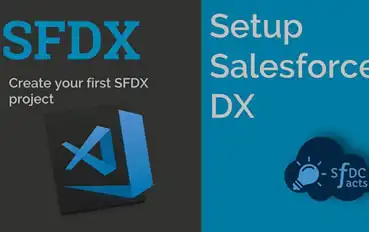Here are 10 ways static code testing strengthens your release pipeline:

RELATED BLOG POSTS
Setting Up and Using CodeScan Effectively
Running CodeScan on your Salesforce Org is a great first step towards quality code, but maintaining that quality is a Read more
Estimating ROI with CodeScan
Every Software Development Professional knows the following fact: the later bugs are found, the more expensive they are to fix. Read more
SFDX Tutorial | Setting Up CodeScan
Salesforce DX is a new focus on source-driven, collaborative development. The Salesforce CLI (Command Line Interface) easily integrates into your Read more
CodeScan and Visual Studio Team Services
Visual Studio Continuous IntegrationVisual Studio Team Services (VSTS) is a quick and powerful tool to set up continuous integration and Read more

 Static code testing is an essential aspect of an optimized Salesforce release pipeline because of its ability to support code quality, reinforce data security, and streamline operations.
Static code testing is an essential aspect of an optimized Salesforce release pipeline because of its ability to support code quality, reinforce data security, and streamline operations.
 The ability to push more products through your Salesforce release pipeline makes your organization more flexible in its response to security issues and market trends. Automating previously labor-intensive processes makes it much easier to increase the number of possible yearly releases.
The ability to push more products through your Salesforce release pipeline makes your organization more flexible in its response to security issues and market trends. Automating previously labor-intensive processes makes it much easier to increase the number of possible yearly releases.
 Some benefits can’t be quantified, yet are still incredibly important. One of those unmeasurable factors is the experience of your team members as they perform their duties. Work doesn’t always have to be fun, but it also shouldn’t be a massive drag.
Some benefits can’t be quantified, yet are still incredibly important. One of those unmeasurable factors is the experience of your team members as they perform their duties. Work doesn’t always have to be fun, but it also shouldn’t be a massive drag.


